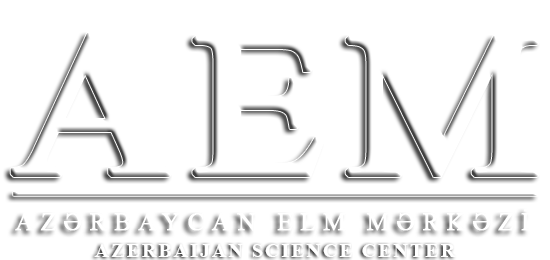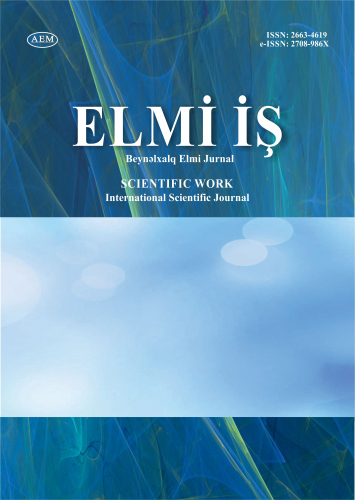Arxiv
Elmi iŇü - 2024
–í–į—Ą–į –°–į–ľ–Ķ–ī¬†–≥—č–∑—č –ź–Ľ–ł–Ķ–≤–į
–ź–∑–Ķ—Ä–Ī–į–Ļ–ī–∂–į–Ĺ—Ā–ļ–ł–Ļ —É–Ĺ–ł–≤–Ķ—Ä—Ā–ł—ā–Ķ—ā —Ź–∑—č–ļ–ĺ–≤
–ī–ĺ–ļ—ā–ĺ—Ä —Ą–ł–Ľ–ĺ—Ā–ĺ—Ą–ł–ł –Ņ–ĺ —Ą–ł–Ľ–ĺ–Ľ–ĺ–≥–ł–ł, —Ā—ā–į—Ä—ą–ł–Ļ –Ņ—Ä–Ķ–Ņ–ĺ–ī–į–≤–į—ā–Ķ–Ľ—Ć
vafa73@mail.ru
–°–†–ź–í–Ě–ė–Ę–ē–õ–¨–Ě–ę–ô –ź–Ě–ź–õ–ė–ó –ź–Ě–ď–õ–ė–ô–°–ö–ė–•, –†–£–°–°–ö–ė–•
¬†–ė –ź–ó–ē–†–Ď–ź–ô–Ē–Ė–ź–Ě–°–ö–ė–• –§–ė–Ę–ě–Ě–ė–ú–ė–ß–ē–°–ö–ė–• –§–†–ź–ó–ē–ě–õ–ě–ď–ė–ó–ú–ě–í
¬†–ė –ź–ó–ē–†–Ď–ź–ô–Ē–Ė–ź–Ě–°–ö–ė–• –§–ė–Ę–ě–Ě–ė–ú–ė–ß–ē–°–ö–ė–• –§–†–ź–ó–ē–ě–õ–ě–ď–ė–ó–ú–ě–í
–ö–Ľ—é—á–Ķ–≤—č–Ķ —Ā–Ľ–ĺ–≤–į:¬†–ł–ī–ł–ĺ–ľ—č, —Ä–į—Ā—ā–Ķ–Ĺ–ł—Ź, –ļ—É–Ľ—Ć—ā—É—Ä–į, —Ą–ł—ā–ĺ–Ĺ–ł–ľ—č, —á–į—Ā—ā–ĺ—ā–į –ł—Ā–Ņ–ĺ–Ľ—Ć–∑–ĺ–≤–į–Ĺ–ł—Ź —Ą–ł—ā–ĺ–Ĺ–ł–ľ–ĺ–≤, –Ņ—Ä–ĺ–ł—Ā—Ö–ĺ–∂–ī–Ķ–Ĺ–ł–Ķ –ł–ī–ł–ĺ–ľ–į—ā–ł—á–Ķ—Ā–ļ–ł—Ö –≤—č—Ä–į–∂–Ķ–Ĺ–ł–Ļ —Ā —Ą–ł—ā–ĺ–Ĺ–ł–ľ–į–ľ–ł
The comparative analysis of the English, Russian an Azeri phraseological units 
with phytonyms
Summary
There is a close link between culture and language. Phraseological units reflect the world view of definite nation, and the idioms with phytonyms make one of the biggest groups of phraseological units. Plants are an inseparable part of human life. They are used for making food, clothes and shelter; moreover, they play an important role in understanding of religious, symbolic, aesthetic components of culture.
The article discusses the frequency of use of various phytonyms in English, Russian an Azerbaijan languages. Some idioms with phytonyms have the precise equivalents which lexical, grammatical and semantical structure coincide in these three languages, but most of such kind of idioms lack the precise equivalents, and while translating the most important thing is to preserve their semantics, expressiveness and imagery. The article also provides information about the origin of some of the idiomatic expressions with phytonyms. 
Key words: idioms, plants, culture, phytonyms, frequency of use of phytonyms, origin of idiomatical expressions with phytonyms
BaxńĪŇü: 615

